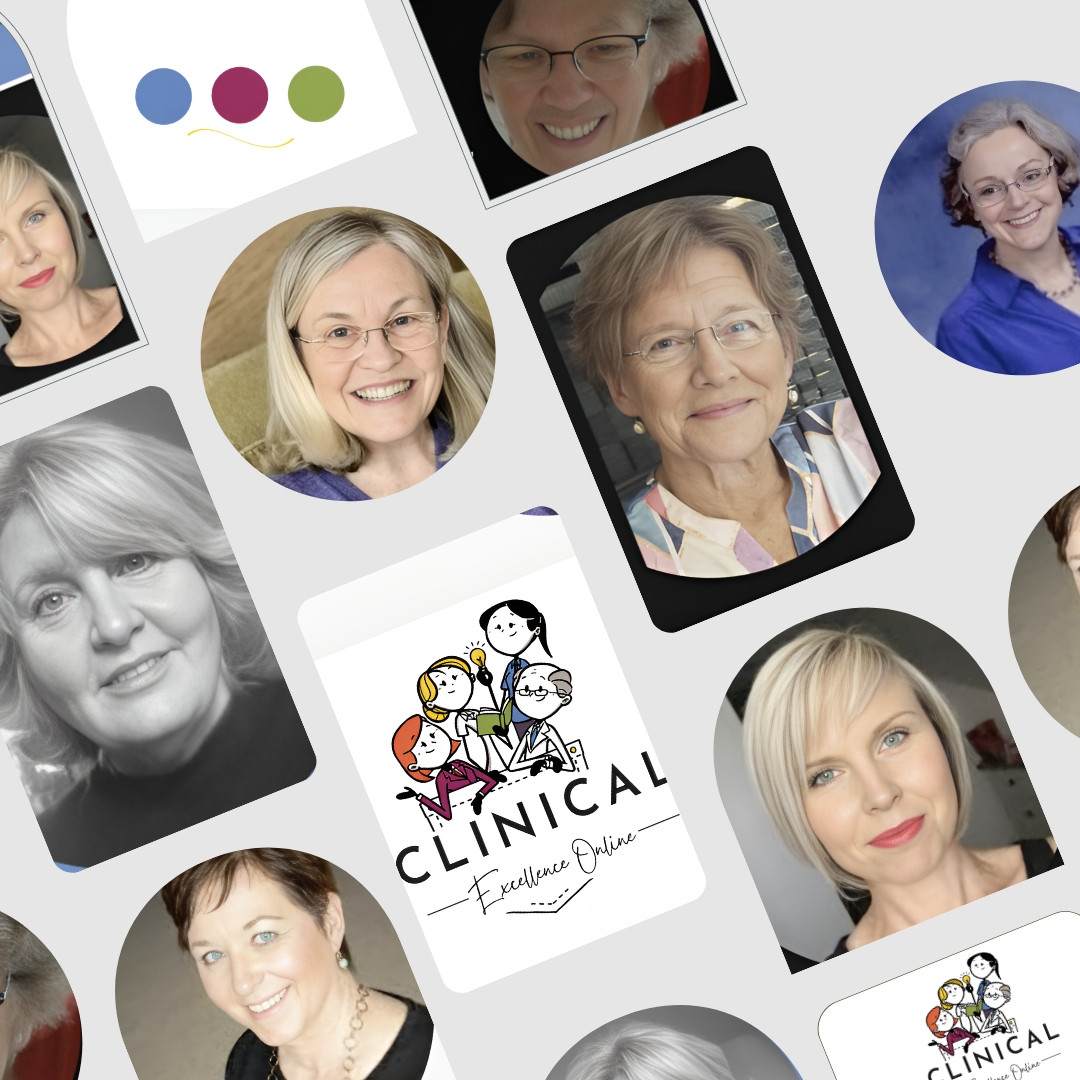The most effective intensives you'll ever do
Jan 22, 2025 8:08 pm
Hey !
What positioning options are there for a child whose sitting in their wheelchair at school for 8 hours a day?
This was a question I read in Facebook the other day and it's been playing on my mind ever since.
We know that when kids hit school and around 7 - 8 years of age all the wheels start to fall off. And I don't mean that literally of course because this is the age where kids start spending more and more time 'on the wheels'.
What I mean, is that this is the tender age where we start to see a decline in motor function and an increase in pain and musculoskeletal complications (1,2).
At 7 years of age!!
And it's probably not a coincidence that increasing hours spent in a wheelchair (typically as they hit more formal schooling) correlates with a loss of skills, loss of ROM and more pain.
So if we know that intensives are important in how we do therapy (3, 4) - then we need to pay more attention to what they are doing all day - and there is nothing kids are doing more intensively than sitting in their wheelchairs or sleeping in their beds.
Which is why I am beyond thrilled to be diving into an interview with Sharon Sutherland and Jenn McKee
Sharon and Jennifer are dynamic forces in the world of pediatric postural care and mobility, recognized for their expertise in 24-hour postural care with a particular focus on seating, and mobility for children with complex needs.
They're all about thinking outside the box (and thinking about the Lifebox) and they'll totally change how you think about what your kids are doing in wheelchairs.
So if you've got burning questions about
- how to balance postural support and independent activities,
- or how to find the best options for supporting windsweeping and funky hips,
- or how to manage big tone issues,
- navigate restraints
- or anything related to complex kid who need support in sitting, lying and standing,
- Balancing medical necessity with quality of life considerations
- Dealing with environmental barriers in homes and communities
now's your chance to get answers!
Find out more about who they are and ask your questions (anonymously if you prefer) by clicking on the button below 👇
I can't wait to see how you shape our conversation!
with oodles of enthusiasm,
Mindy
PS. if you'd love to see Sharon working through some really complex kids and young adults with some amazing therapists, then you might want to look into joining us in Clinical Excellence Online where get to problem solve real case studies together > https://link.wiredon.ltd/access-ceo
____
Need a few key references? These ones are gold...
- Bartlett, D. J., Hanna, S. E., Avery, L., Stevenson, R. D., & Galuppi, B. (2010). Correlates of decline in gross motor capacity in adolescents with cerebral palsy in Gross Motor Function Classification System levels III to V: an exploratory study. Developmental Medicine & Child Neurology, 52(7), e155-e160.
- Hanna, S. E., Rosenbaum, P. L., Bartlett, D. J., Palisano, R. J., Walter, S. D., Avery, L., & Russell, D. J. (2009). Stability and decline in gross motor function among children and youth with cerebral palsy aged 2 to 21 years. Developmental Medicine & Child Neurology, 51(4), 295-3029
- Novak I. Therapy for children with cerebral palsy: who, what, and how much? Developmental Medicine and Child Neurology. 2020;62(1):17. doi:10.1111/dmcn.14345
- Jackman M, Sakzewski L, Morgan C, et al. Interventions to improve physical function for children and young people with cerebral palsy: international clinical practice guideline. Developmental Medicine and Child Neurology. 2021;63(2):126-142. doi:10.1111/dmcn.14828
(Grab easy links to these references here> https://www.facebook.com/groups/wiredOnDevelopment/posts/1751256515670663/ )


